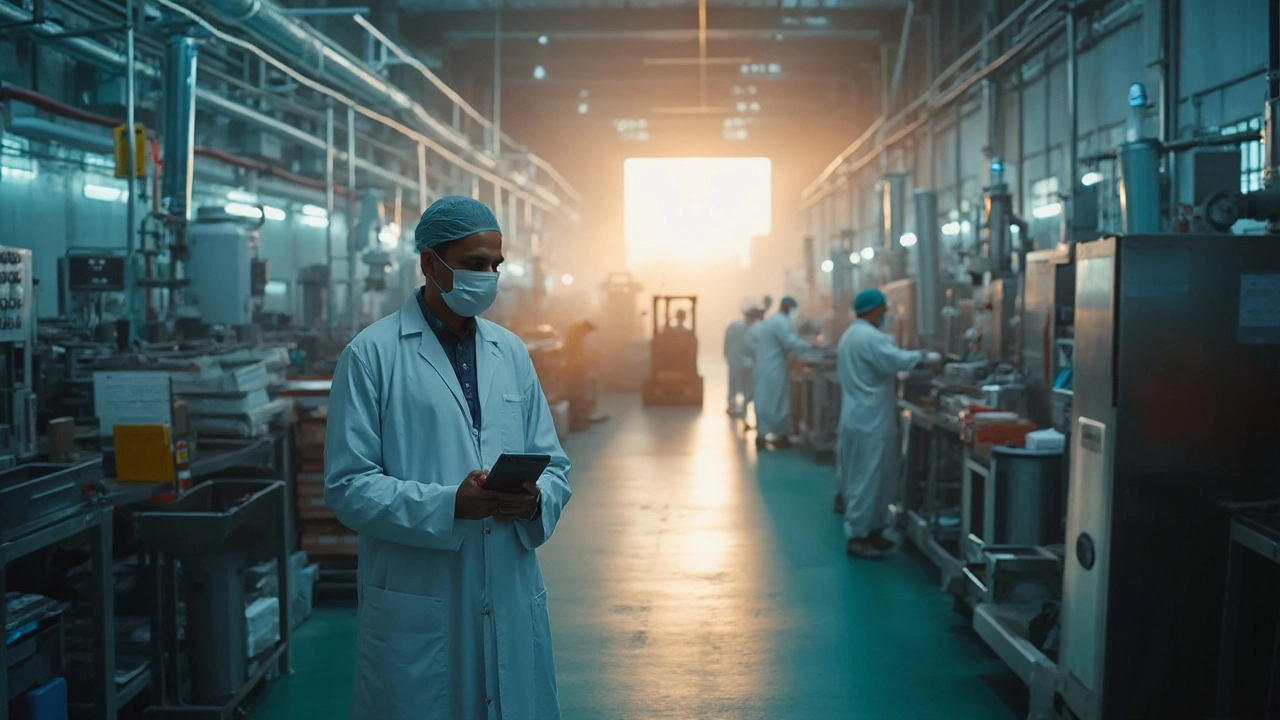Largest Pharma Hub in India – A Quick Guide
If you want to know where most Indian medicines are made, look at the pharma hub that dominates the map. It’s a region where factories, research labs, and supply chains all sit close together, making production fast and costs low.
Most experts point to the corridor that runs from Mumbai through Pune to Hyderabad. These cities host a mix of big multinationals and fast‑growing local firms. The concentration creates a talent pool, shared services, and easy access to raw materials.
Why This Hub Leads the Industry
First, the government offers incentives like tax breaks and land at lower rates. That means companies can invest in modern equipment without blowing their budget.
Second, the area has world‑class logistics. Ports in Mumbai ship finished drugs overseas, while airports handle time‑critical samples. Roads link factories to distributors, keeping the supply line smooth.
Third, there’s a strong academic presence. Universities and research institutes pump out chemists, pharmacists, and engineers who join the local workforce. This talent pipeline fuels innovation and keeps quality high.
How It Impacts Your Business
If you’re sourcing ingredients, the hub gives you many suppliers in one place, so you can compare prices and quality easily. If you’re planning to set up a plant, the infrastructure cuts down on hidden costs like power cuts or transport delays.
Even small startups benefit. They can outsource parts of production to established factories, use shared testing labs, and tap into export programs that the region supports.
Overall, the largest pharma hub in India acts like a magnet for everything you need in drug manufacturing – from raw materials to skilled labor and export pathways. Knowing where it is and how it works can give your business a real edge.
Largest Pharma Hub in India (2025): Baddi, Hyderabad or Gujarat?
Looking for India’s largest pharma hub? Baddi leads in manufacturing capacity, Hyderabad in APIs/vaccines & R&D, and Gujarat in exports. Clear 2025 guide with picks.
Read More